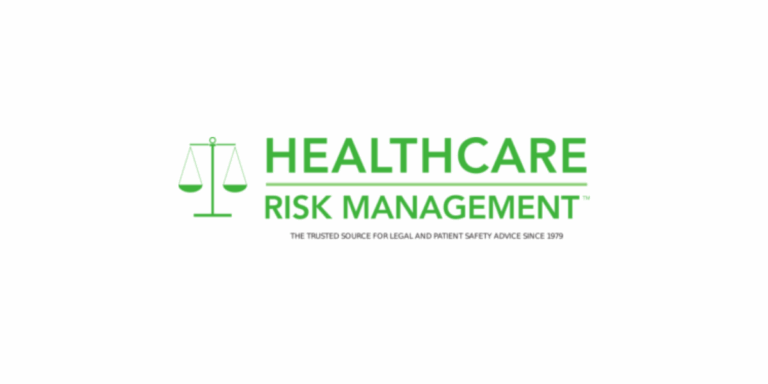Mastering Safety Leadership: How Front-Line Leadership Decision-Making Prevents Serious and Fatal Injuries
In 1979, my first safety improvement client told me, “We understand the engineering side, but we don’t understand the behavioral side.” Having studied behavioral analysis in graduate school, I welcomed the opportunity to address this problem. At that time, I didn’t know that Procter & Gamble was working on a similar initiative, or that Dr. Judy Komaki had just published an article on the application of behavioral science principles to safety. This work marked the beginning of what came to be known as behavior-based safety



